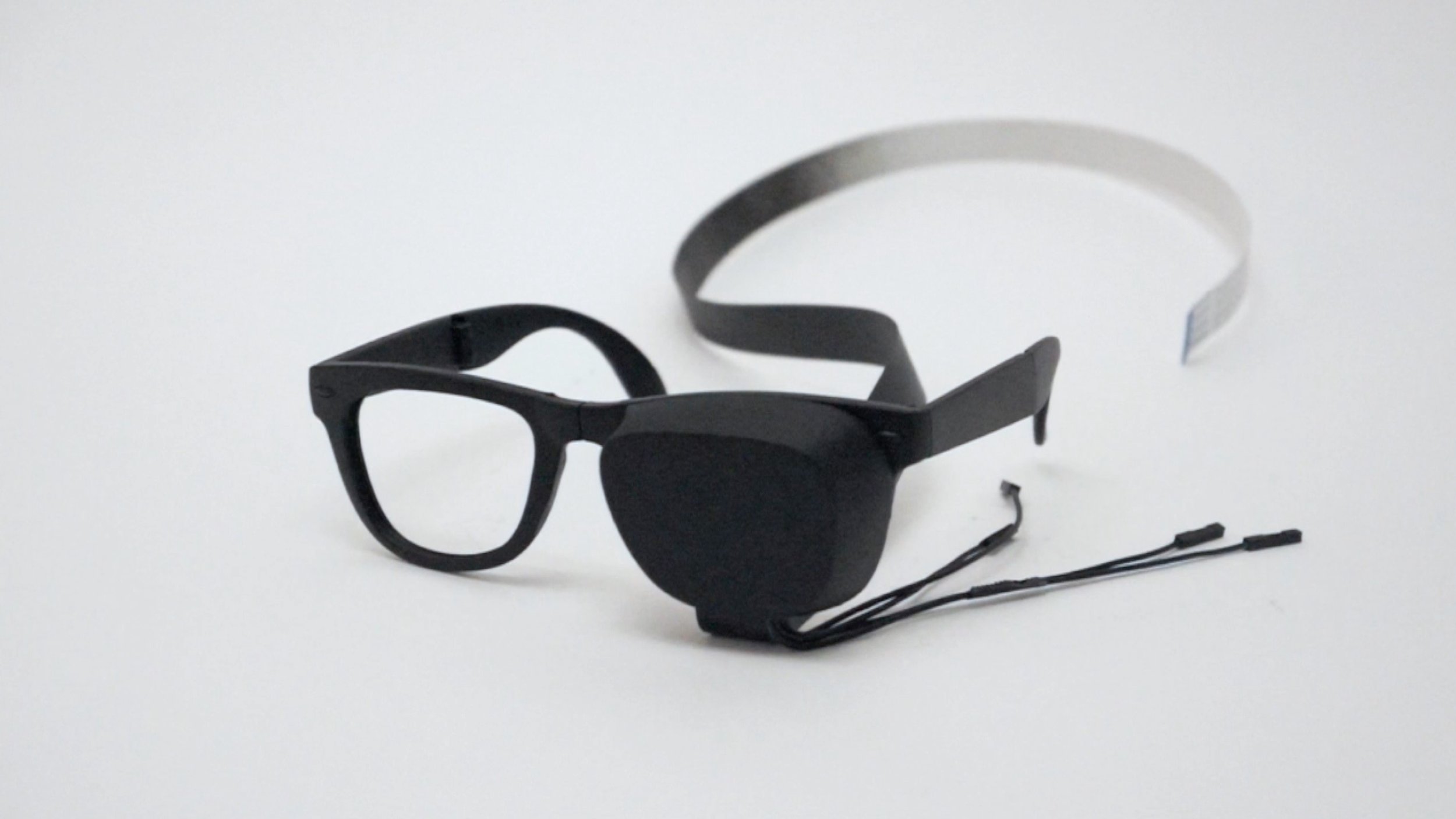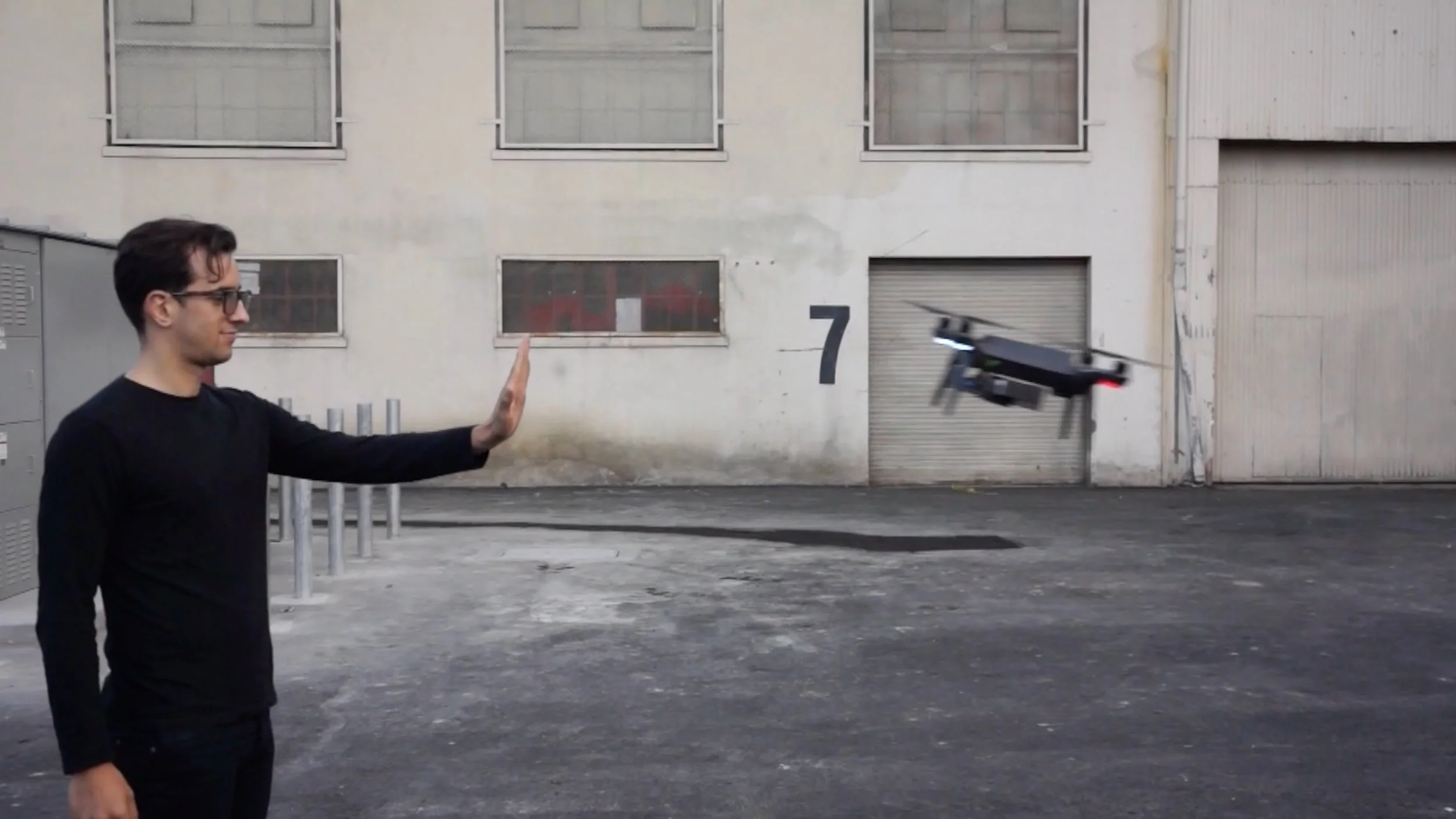LENSLESS SMART SENSORS
LOW-POWER, LOW-COST VISUAL SENSING TECHNOLOGY
frog Design
Design technologist
KICKOFF: March 2015
DELIVERY: July 2015
TOOLS: 3D Printing, Rhino, Arduino, Raspberry Pie, 3DR Drone, Anki car, Open CV

A SOLUTION IN SEARCH OF A PROBLEM
Rambus had developed a remarkable lensless smart sensor (LSS), but didn’t know what could be done with it. What’s the market for a tiny sensor that can be attached to almost anything, runs continuously for 5 years on a button battery, and costs less than a dime?
Rambus needed frog’s help to position, market, and sell this new technology.
UNDERSTANDING THE OPPORTUNITY
Before we could think about commercializing the LSS, we had to know its possibilities—and limitations. Collaborating with Rambus engineers, we connected sensors to a computer and tested them. In addition to cataloging capabilities, we discovered a new one: the ability to detect infrared wavelengths.
PUTTING OUR IDEAS TO THE TEST
With a thorough knowledge of what the LSS could do, we quickly generated every use case we could think of, identifying different fields and industries for applications. We then contacted more than 20 strategists in various industries, exploring with them their industries’ biggest challenges, so we could validate our ideas, eliminate options, and develop new ones.
We then distilled the possibilities to 3 primary applications. We created and tested a series of prototypes for each, communicating at each step of the way with the Rambus team, to ensure our concepts would benefit them.
CREATING REAL-LIFE APPLICATIONS
AR/VR EYE TRACKING
Our goal was to conserve computational power by only rendering in hi-res where the user is looking. I built more than 6 prototypes, installing the sensor on reading glasses and using miniaturized infrared LED lighting to help determine the pupil’s position and movements. I used a Raspberry Pi to drive the sensor and capture data, and OpenCV to convert the data and provide accurate x- and y-coordinate pupil position information. Rambus shared the concept with Magic Leap, to collaborate on product creation.
DRONE AND VEHICLE SENSING
We wanted to enable drones to fly autonomously, using the sensors to prevent collisions. Drone optical sensors are typically expensive, computation-heavy, and battery-draining. I prototyped with the 3DR drone because of its built-in API, and mounted the forward-pointing sensors in line with 2 high-powered IR LED cannons that augmented the ability to detect solid objects. Sunlight compromises the sensors’ performance, so I experimented with different IR wavelength filters to reduce these negative effects. We demonstrated this application by having a drone fly toward me and automatically stop right in front of my face.
SMART CITIES AND INTELLIGENT ROADWAYS
We envisioned using a mesh network of sensors to monitor roadway traffic and regulate street lighting. To simulate this scenario, I created a miniature city and built a series of 3D-printed light poles equipped with sensors, to record the passing robotic Anki cars. We developed a number of smart solutions, including automatically adjusting lights based on traffic flow and volume, and keeping lights on if a vehicle stalls.
-
Generated broad pool of applications for new LSS technology
Vetted and refined applications with 20+ industry strategists
Prototyped 3 marketable applications for the sensors
-
Rambus’s new sensor uses diffraction grating across a broad light spectrum
Inexpensive, <$0.10 per unit
Tiny, 2x2 mm and <1 mm thick
Power-efficient, runs 5 years on a single button battery





